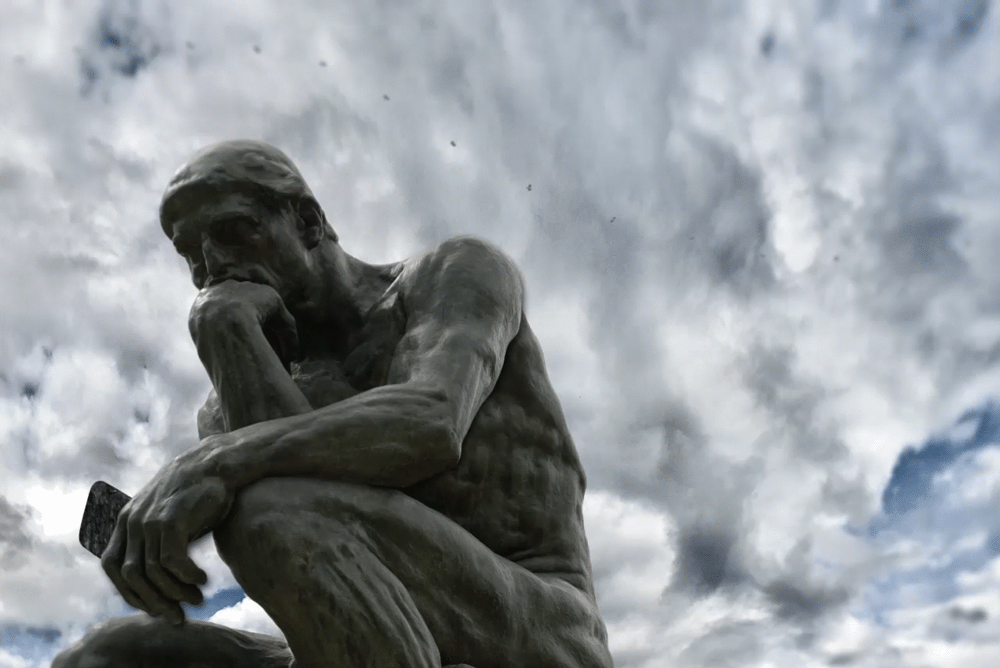There are many, many facts about Orthodox church life in Ukraine that are hard to verify right now — for obvious reasons.
Civil wars create waves of fog that make it hard for reporters to do their job — if one assumes journalists have some responsibility to attempt to test the fact claims of armies on both sides.
All of this is relevant to that New York Times story that ran the other day with this headline: “Clergymen or Spies? Churches Become Tools of War in Ukraine.” Let me stress that this was an important story about an important topic. It would shocking if there were not divisions among Orthodox clergy and their parishes during a civil war.
Basically, this Times story is a press release built on evidence gathered by Ukrainian officials who want to shut down the historic Ukrainian Orthodox Church (UOC), which has for centuries had canonical ties to the Russian Orthodox Church. That church has done everything possible — under Orthodox polity — to cut its Moscow ties, while waiting for some kind of intervention from the world’s Orthodox patriarchs.
On the other side, the United States, the European Union and the Ecumenical Patriarchate in Istanbul have backed the creation of the new Orthodox Church in Ukraine (OCU) — which is, no surprise, backed by the current government of Ukraine.
So, before we get to the central claims of the Times story, let’s pause and ask a rather important question: How many Orthodox parishes, and clergy, are there in Ukraine these days? Yes, it complicates matters that some have been destroyed, by forces on both sides, and some have been closed or seized. How many parishes have been shut down or seized, and by whom? How many parishes have split? These are the kinds of questions that are hard to answer during a civil war.
Here is some interesting material from a source on the left side of Orthodox life here in the United States, the Orthodox Christian Studies Center at Fordham University in New York City. The headline on this blog post: “Which Orthodox Church in Ukraine is the Largest?” It was written by Thomas Bremer, a retired professor in Eastern Church studies at Münster University, Germany. Let’s walk through some key info:
Regarding parishes, the Ukrainian authorities have very thorough statistics. Every religious community that wants to exist legally in Ukraine has to register … and to provide data regularly about numbers of parishes, clergy, training institutions, etc.








